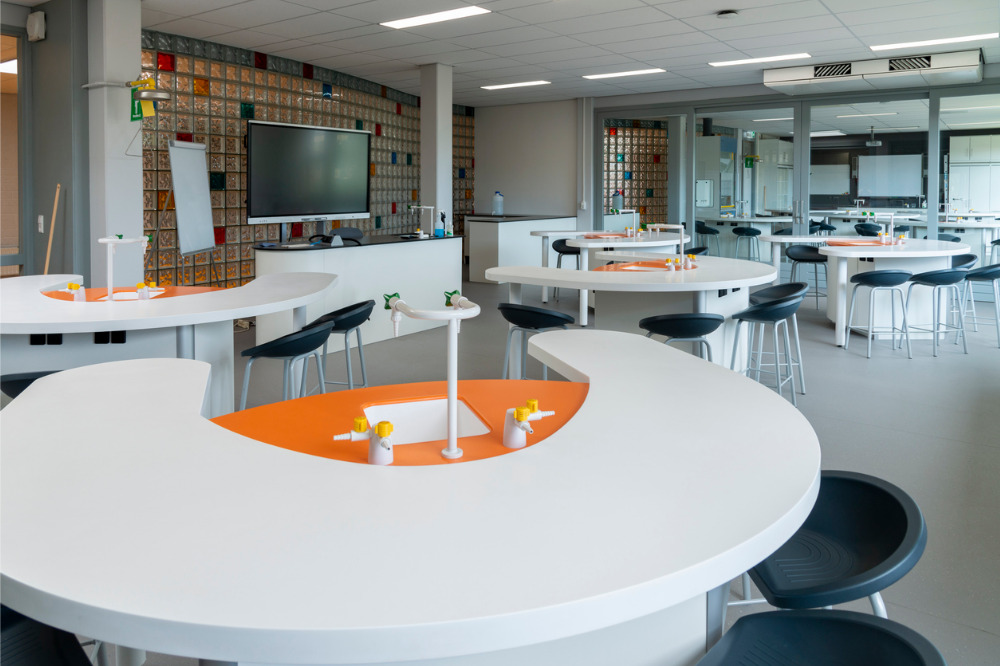
When it comes to helping kids learn, the focus is often on what and how a subject is taught, but research shows the ‘where’ can be just as important.
Indeed, learning environment design has been a critical element in how schools around the world have been helping young people get the best out of their education experience – whether it’s through play, learning, or collaboration with each other and the staff who educate them.
The Rudd Government’s 2009 ‘Building the Education Revolution’ (BER) program invested nearly $17bn in the refurbishment and building of new school environments, with much of the money spent on ‘innovative designs’, where teachers get more choice in what they teach, and how they teach it.
The arrival of the Covid-19 pandemic in 2020 shook things up further, with schools forced to move learning off campus and into virtual environments. While many schools already offered hybrid learning to their students, the pandemic’s rolling lockdowns – and uncertainty around when things would return to normal – saw many schools integrate hybrid learning into their existing offerings.
Even with the resumption of face-to-face learning, schools continue to think outside the box when it comes to the design of their learning spaces.
Last year, Lindisfarne Grammar School was awarded Best Innovation in Learning Environment Design at the Australian Education Awards in recognition of the many unique and forward-thinking elements comprised within the scheme of its vast campus, nestled in the picturesque Northern Rivers region of NSW.
Principal Stuart Marquardt said his school continues to innovative in this important area in 2023 by rethinking its learning spaces in the context of “a human-centered design philosophy”.
At the Australian Education Awards 2022, the school was awarded Best Innovation in Learning Environment Design in recognition of the many unique and forward-thinking elements comprised within the scheme of its vast campus, nestled in the picturesque Northern Rivers region of NSW.
“Lindisfarne Grammar School is paving the way for the future of education by reimagining our learning environments,” Marquardt told The Educator.
“Beginning with a human-centered design philosophy, we visualise spaces that transcend traditional classrooms, integrating seamlessly with the scenic northern NSW backdrop.”
Marquardt said the school’s vision encompasses not just its students, but the broader community, aiming to create harmonious indoor and outdoor spaces that promote immersive learning, transformative teaching, and community gathering.
“This holistic approach ensures that every corner of our campus becomes a beacon of learning, reflecting our belief that education should be everywhere — within and beyond school walls,” he said.
“The fluidity between our indoor and outdoor spaces is intentional, designed to celebrate our region's beauty and foster a sense of community. With a commitment to long-term excellence, our designs not only cater to today's Lindisfarne students, but also lay a foundation for future generations.”
Marquardt believes the school’s legacy will be felt throughout the southern Gold Coast, Tweed Coast, and northern NSW communities as Lindisfarne blends educational innovation with community integration.


